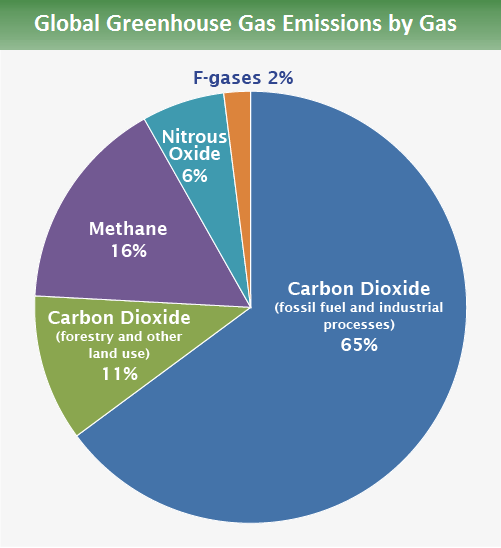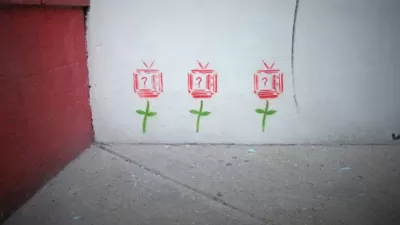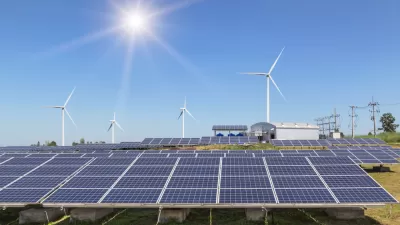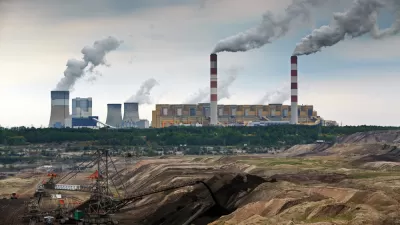An historic agreement reached by 170 global leaders in Kigali, Rwanda on October 15 to limit hydrofluorocarbons could have more of an impact on reducing climate change than the carbon emission agreement reached in Paris ten days earlier.
"The talks in Kigali, the capital of Rwanda, did not draw the same spotlight as the climate change accord forged in Paris last year," reports Coral Davenport, climate and energy reporter for The New York Times. "But the outcome could have an equal or even greater impact on efforts to slow the heating of the planet."
While the Paris agreement included pledges by nearly every country to cut emissions of heat-trapping carbon dioxide from the fossil fuels that power vehicles, electric plants and factories, the new Kigali deal has a single target: chemical coolants called hydrofluorocarbons, or HFCs, used in air-conditioners and refrigerators.
The agreement amends the 1987 Montreal Protocol on Substances that Deplete the Ozone Layer that protects the earth’s fragile ozone layer. HFCs and other fluorinated gases (F-gases) have "become increasingly used as replacements for ozone-depleting substances that are being phased out under the Clean Air Act," according to the Environmental Protection Agency.
"The amendment will allow the use of ozone-saving Montreal Protocol to phase-out HFCs, a set of 19 gases in the hydroflurocarbon family that are used extensively in the air-conditioning and refrigeration industry," reports Amitabh Sinha for The Indian Express. "HFCs are not ozone-depleting but are thousands of times more dangerous than carbon dioxide in causing global warming."
"By acting now, we’re avoiding up to a full half a degree centigrade of warming by the end of the century," stated the jubilant EPA Administrator, Gina McCarthy.
While we have seen many significant successes under President Obama’s leadership in fighting climate change, this day will unquestionably be remembered as one of the most important in our effort to save the one planet we have. It is truly an exciting time for all of us who have worked so hard to achieve this new level of success, and as head of the U.S. delegation, I could not be more delighted with the outcome of the negotiations and our collective resolve. The prospects for the future of our planet are bright.
"In general, fluorinated gases are the most potent and longest lasting type of greenhouse gases emitted by human activities," according to the EPA. While composing only a small percentage of greenhouse gas emissions, HFC "emissions are increasing by 10 to 15 percent on an annual basis globally," stated McCarthy.

Credit: Environmental Protection Agency: Source: IPCC (2014) Exit based on global emissions from 2010.
An Oct. 15 news release from the United Nations Environmental Programme expressed the accomplishment in similar words as did McCarthy.
The amendment to the Montreal Protocol on Substances that Deplete the Ozone Layer endorsed in Kigali today is the single largest contribution the world has made towards keeping the global temperature rise "well below" 2 degrees Celsius, a target agreed at the Paris climate conference last year.
Related on Planetizen:
World Leaders Tackle Climate Change, and Nearly Everyone Missed It, May 23, 2012
FULL STORY: Nations, Fighting Powerful Refrigerant That Warms Planet, Reach Landmark Deal

Alabama: Trump Terminates Settlements for Black Communities Harmed By Raw Sewage
Trump deemed the landmark civil rights agreement “illegal DEI and environmental justice policy.”

Study: Maui’s Plan to Convert Vacation Rentals to Long-Term Housing Could Cause Nearly $1 Billion Economic Loss
The plan would reduce visitor accommodation by 25% resulting in 1,900 jobs lost.

Why Should We Subsidize Public Transportation?
Many public transit agencies face financial stress due to rising costs, declining fare revenue, and declining subsidies. Transit advocates must provide a strong business case for increasing public transit funding.

Paris Bike Boom Leads to Steep Drop in Air Pollution
The French city’s air quality has improved dramatically in the past 20 years, coinciding with a growth in cycling.

Why Housing Costs More to Build in California Than in Texas
Hard costs like labor and materials combined with ‘soft’ costs such as permitting make building in the San Francisco Bay Area almost three times as costly as in Texas cities.

San Diego County Sees a Rise in Urban Coyotes
San Diego County experiences a rise in urban coyotes, as sightings become prevalent throughout its urban neighbourhoods and surrounding areas.
Urban Design for Planners 1: Software Tools
This six-course series explores essential urban design concepts using open source software and equips planners with the tools they need to participate fully in the urban design process.
Planning for Universal Design
Learn the tools for implementing Universal Design in planning regulations.
Smith Gee Studio
Alamo Area Metropolitan Planning Organization
City of Santa Clarita
Institute for Housing and Urban Development Studies (IHS)
City of Grandview
Harvard GSD Executive Education
Toledo-Lucas County Plan Commissions
Salt Lake City
NYU Wagner Graduate School of Public Service





























